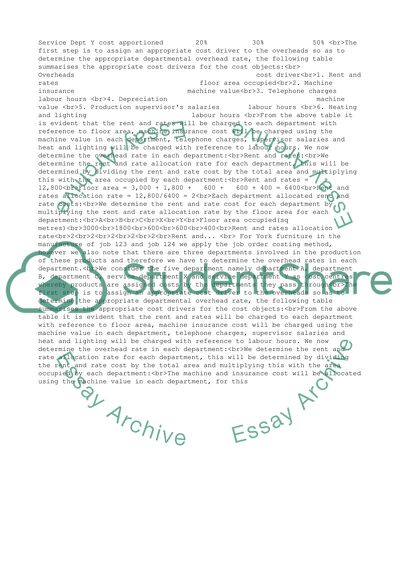Cite this document
(“Mangament Accounting Assignment Example | Topics and Well Written Essays - 3000 words”, n.d.)
Mangament Accounting Assignment Example | Topics and Well Written Essays - 3000 words. Retrieved from https://studentshare.org/business/1513358-mangament-accounting
Mangament Accounting Assignment Example | Topics and Well Written Essays - 3000 words. Retrieved from https://studentshare.org/business/1513358-mangament-accounting
(Mangament Accounting Assignment Example | Topics and Well Written Essays - 3000 Words)
Mangament Accounting Assignment Example | Topics and Well Written Essays - 3000 Words. https://studentshare.org/business/1513358-mangament-accounting.
Mangament Accounting Assignment Example | Topics and Well Written Essays - 3000 Words. https://studentshare.org/business/1513358-mangament-accounting.
“Mangament Accounting Assignment Example | Topics and Well Written Essays - 3000 Words”, n.d. https://studentshare.org/business/1513358-mangament-accounting.


